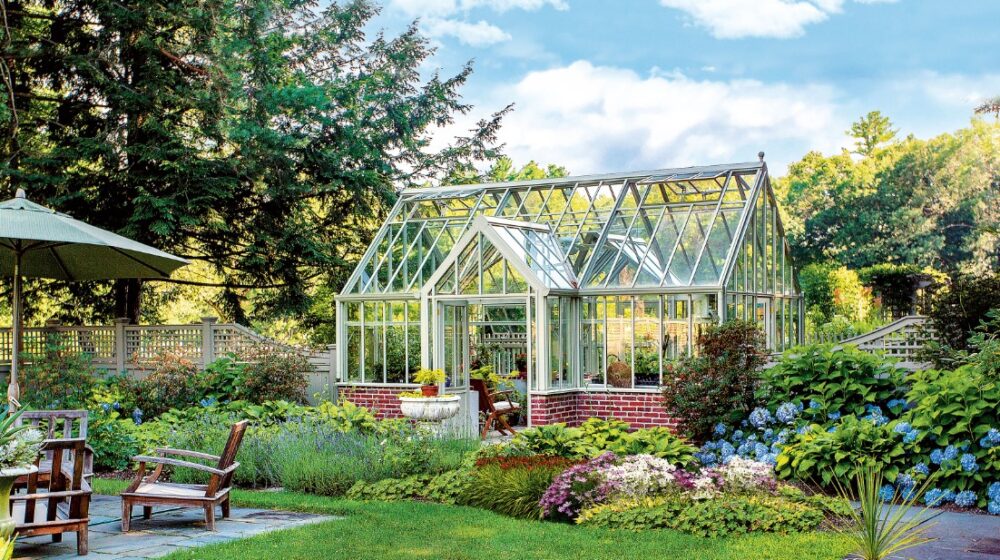An array of colors, the beautiful cacophony of nature’s songbirds, and a perfect morning breeze are some of the enchanting sights and sounds of a flourishing garden. However, maintaining such a stunning spectacle is no small task.
Harsh weather conditions can jeopardize the health and beauty of your garden, which calls for necessary protective measures.
You may wonder how to protect your cherished flora against such weather hazards. This article outlines ten effective ways to shield your garden from severe weather. Keep reading!
1. Invest In High-Quality Greenhouses
If you want to shield your garden from extreme temperatures, relentless rains, and brutal winds, consider investing in greenhouses. They offer a solid defense against harsh weather conditions and promote a steady growth cycle for your plants.
Sturdy and well-insulated structures like these provide that haven for your garden, giving your plants a chance to thrive irrespective of the weather outside.
Greenhouses, though, are not a one-size-fits-all solution. You’ll need to consider a few critical factors to ensure you’re investing in the proper structure for your garden. Here’s a quick checklist:
- Size ─ Choose a size appropriate for your garden that fits comfortably within your space.
- Material ─ Opt for materials that are both durable and provide optimal insulation. Polycarbonate and glass are commonly used.
- Ventilation ─ Ensure the greenhouse has a proper ventilation system. It’s vital for maintaining temperature and humidity levels.
- Location ─ The greenhouse should receive ample sunlight, ideally in a location where it will get at least six hours of direct sunlight each day.
- Ease of assembly ─ Some greenhouses can be quite complex to put together. Consider your skill level and how much time you’re willing to spend on assembly.
Armed with these considerations, you’re better prepared to invest in a high-quality greenhouse, an invaluable asset for your garden.
To find high-quality greenhouses, visit sproutwellgreenhouses.com.au and other reputable providers. These vendors offer a range of durable, efficient solutions for your horticultural needs, ensuring optimal plant growth conditions.
Remember, choose the correct greenhouse, as this is a commitment to protecting your garden and a step closer to creating an environment where your plants can thrive, whatever the weather.
2. Use Mulch To Protect the Soil
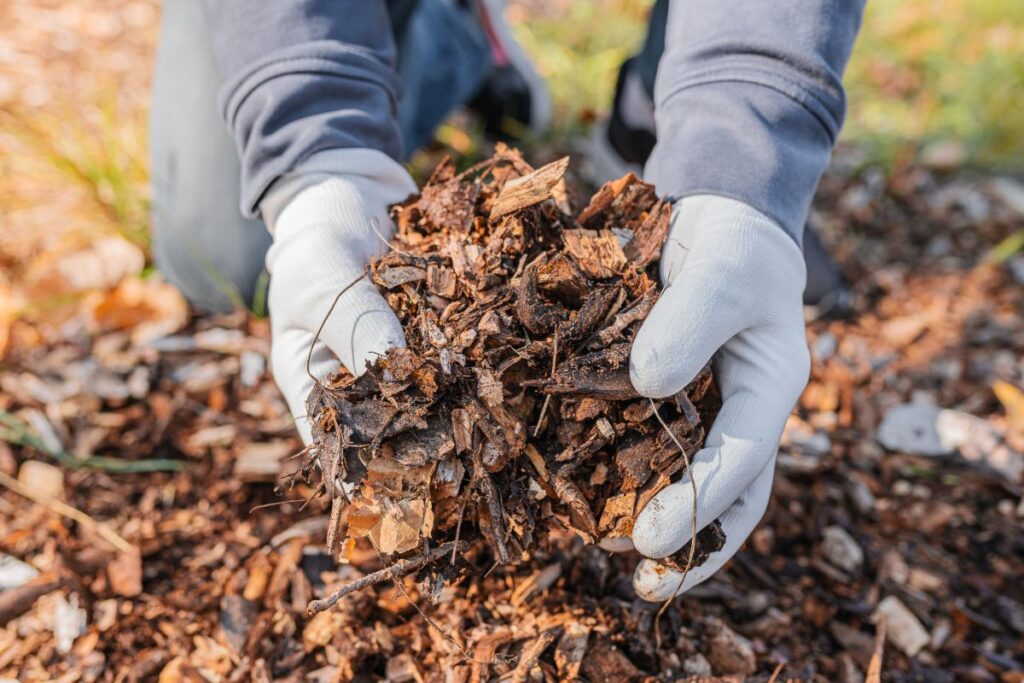
Source: gardening.org
Mulch plays a significant role in safeguarding your soil and providing comfort to your plants. By forming a protective barrier, mulch serves a dual purpose—it’s both a defender and a nurturer. Mulch takes on the weather, be it extreme heat or biting cold, maintaining a stable soil temperature.
It also keeps excessive water loss at bay, a quality especially useful during dry, hot periods. Pesky pests? They’re less likely to bother your garden thanks to the natural deterrent effect of mulch.
Furthermore, mulch breaks down over time, adding valuable nutrients back into your soil. This process enriches the soil, promoting healthy, lush growth in your garden. It’s a little like your garden is eating a balanced diet and getting various beneficial nutrients right from the soil it’s growing in.
3. Protect Young Plants With Cloches
Cloches are protective coverings, often bell-shaped or dome-like, used in gardening to shield young or delicate plants from adverse weather conditions and pests. Like miniature greenhouses, these garden domes create a haven for vulnerable plants.
By warding off the chills of frost and the shock of sudden temperature swings, cloches ensure your young plants continue to grow and flourish, unhindered by the whims of the weather.
4. Install Windbreaks
Battering winds can wreak havoc on your garden. But there’s a way to keep your plants safe—windbreaks. These handy structures, like a sturdy trellis or a resilient garden wall, can shield your garden from the wind’s might.
You could also go for a more natural approach, strategically planting dense hedges or robust shrubs. This not only breaks the wind but also adds to your garden’s aesthetic appeal. With windbreaks, your garden stands a better chance against the wind’s onslaught.
5. Water Your Garden Before A Frost
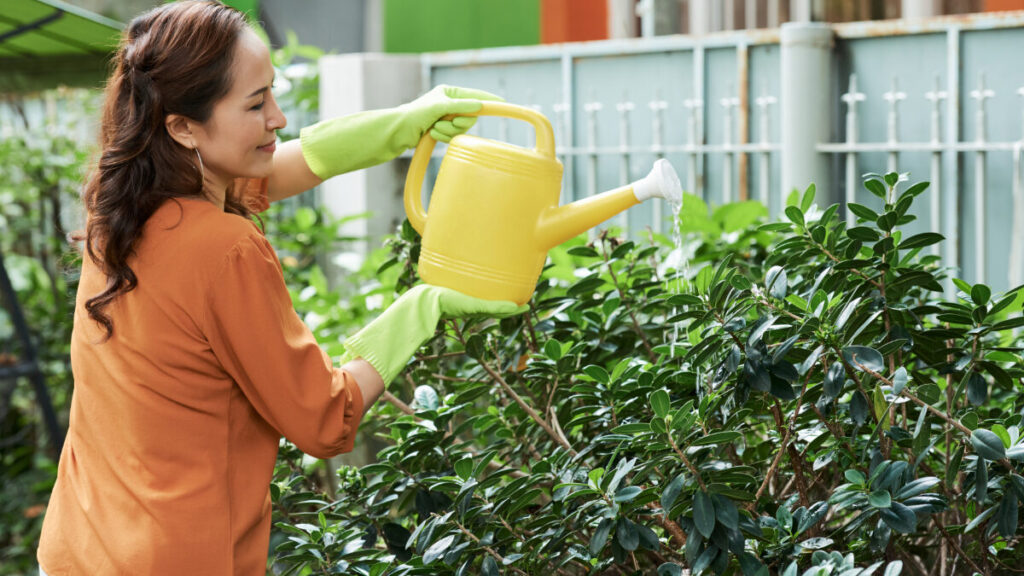
Source: unbeleafable.ph
On a chilly winter morning, your garden faces the threat of frost. You can help your garden weather the frosty ordeal with a simple trick: water it well. When you water your garden before a frost, you give your soil a thermal blanket, helping to regulate its temperature.
This method is an effective insulator, reducing the harsh impact of frost on your plants. So, next time frost is in the forecast, give your garden a good soak.
6. Use Plant Blankets And Row Covers
Another way to protect your plants from the bitter cold is by installing plant blankets and row covers. These protective materials are a barrier against the icy onslaught of frost, yet they’re cleverly designed to let sunlight and water through.
So, while your plants are snug and shielded from frost and chilly winds, they can still soak up the sun and drink in the rain, maintaining their healthy growth cycle.
7. Choose Weather-Resistant Plant Varieties
Imagine having a garden filled with plants that laugh in the face of severe weather. It’s possible when you choose weather-resistant plant varieties. These hardy troopers have what it takes to withstand the wrath of the elements.
Native species, having evolved, usually pack a punch when it comes to resilience. They’ve adapted to the quirks and whims of your local climate, making them a savvy choice for a weather-ready garden.
8. Implement Good Drainage Systems
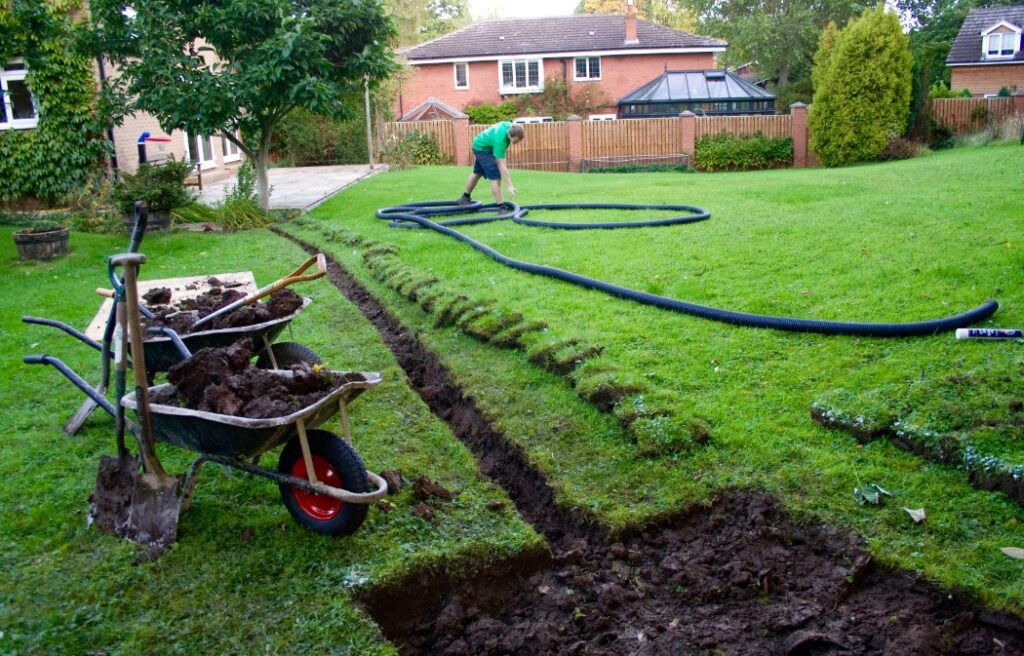
Source: green-onion.co.uk
When Mother Nature decides to let the skies open, your garden could quickly turn from a thriving oasis to a waterlogged disaster. The solution? Implementing a good drainage system.
With proper drainage in place, your garden can avoid the peril of saturation, protecting your plants from water-induced harm. With this, your garden has the means to shake off the excess water, helping to prevent waterlogging and soil erosion.
If you’re unsure where to start, here are some quick tips on implementing an effective drainage system:
- Evaluate your garden ─ Understand the lay of your land. Note where water tends to pool after a rainstorm. These are your problem areas.
- Install drain pipes ─ These pipes can help guide water away from areas where it tends to accumulate.
- Consider a rain garden ─ These are areas designed to catch runoff. They’re planted with water-tolerant species and can be a beautiful solution to drainage issues.
- Improve your soil ─ Adding organic matter can improve soil structure and drainage. Compost is an excellent choice.
- Use raised beds ─ If your soil is particularly prone to water logging, consider using raised beds for your most vulnerable plants.
With these tips, you’ll be well on your way to ensuring your garden can weather the storm, quite literally, and remain a flourishing sanctuary no matter how much rain comes down.
9. Plant In Raised Beds
Visualize a garden with raised beds, each serving as a tiny fortress for your plants. With these elevated structures, your garden gains several advantages.
First, as mentioned, they promote improved drainage, saving your plants from becoming waterlogged.
Second, they act as a bulwark against soil compaction, preserving the health of your plants’ roots.
Lastly, raised beds help regulate soil temperature, providing your plants with extra protection. This gardening method can help keep your green space vibrant, even when faced with challenging weather conditions.
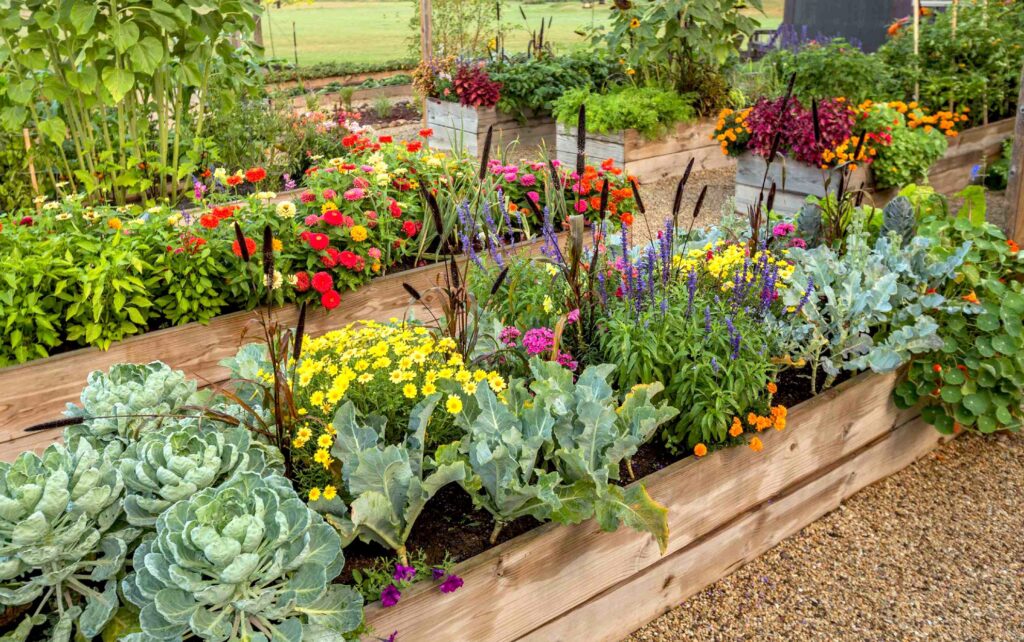
Source: bhg.com
10. Conduct Regular Health Checks
Regular health checks are crucial in maintaining your garden and ensuring the well-being of your plants. Keeping a close eye on your green haven can help you spot potential issues in their early stages. Be it signs of disease, pest infestations, or damage from recent weather changes, early detection can make all the difference. It allows for swift action to remedy the situation, potentially saving your plants from severe harm.
Here are some tips for adequate garden health checks:
- Check often ─ The more frequently you check, the quicker you’ll spot any issues. Aim for at least a weekly check.
- Inspect all parts ─ Don’t just look at the leaves. Check stems, flowers, and even the underside of leaves for signs of pests or disease.
- Look for changes ─ Any sudden changes in plant color, growth, or leaf drop could signal something is wrong.
- Don’t forget the soil ─ Healthy soil is critical for healthy plants. Look for signs of erosion or changes in soil structure.
By conducting regular health checks, you’re ensuring your garden remains robust and resilient, ready to face any weather conditions that come its way.
Conclusion
Protecting your garden from severe weather requires a comprehensive approach, focusing on various aspects of gardening. Whether investing in high-quality greenhouses or conducting regular health checks on your plants, each step is vital.
Always remember, a healthy garden not only enhances the aesthetics of your home but also contributes to a healthy environment. Happy gardening!

